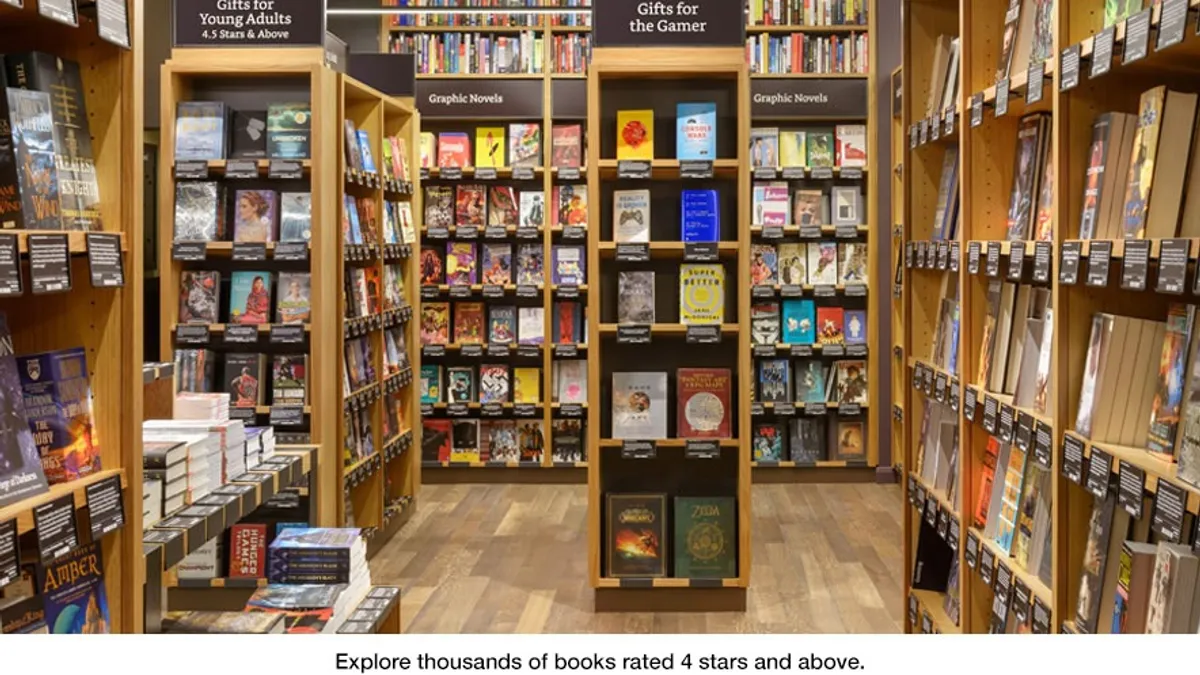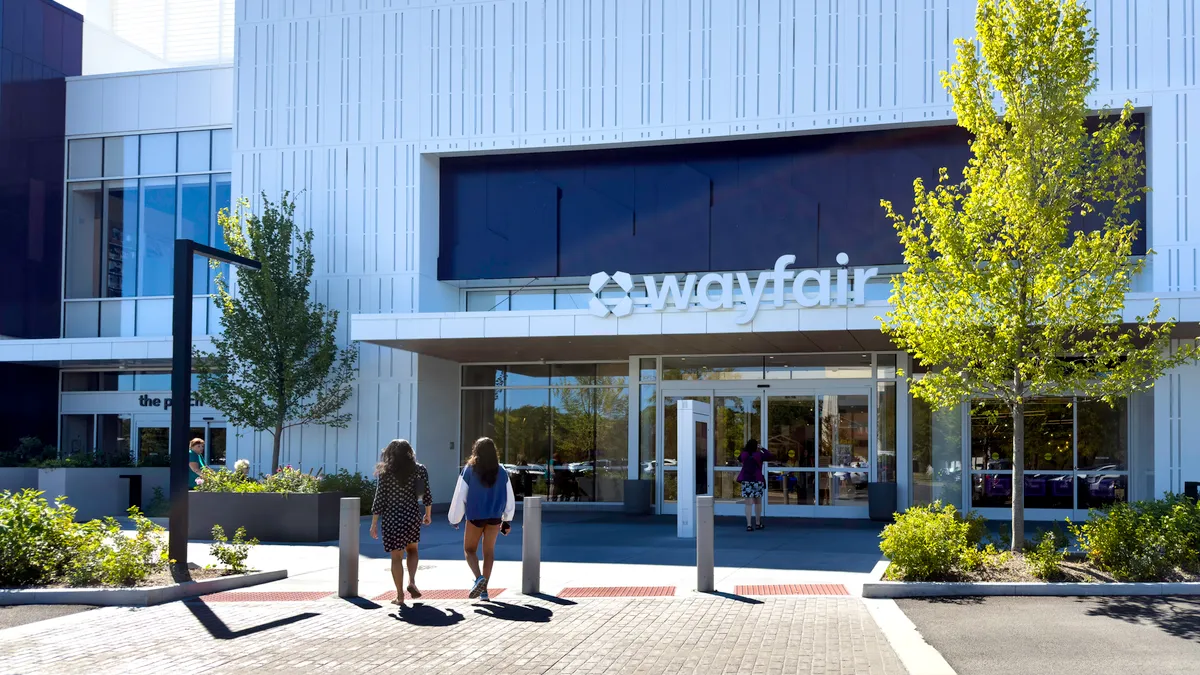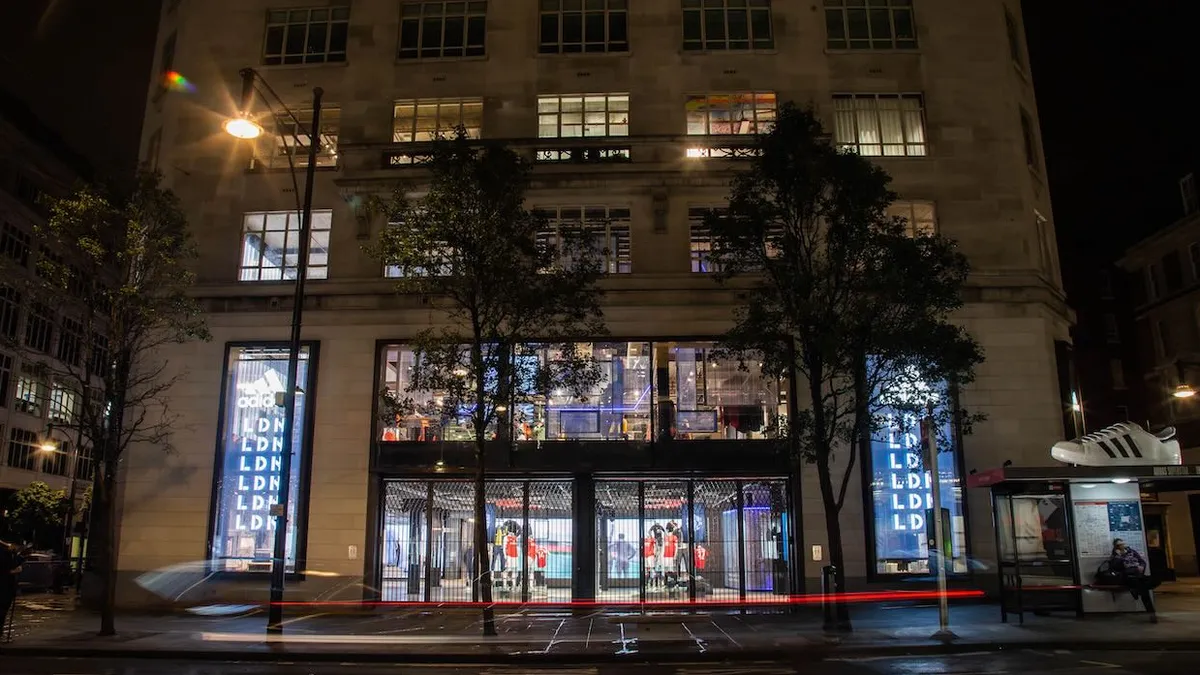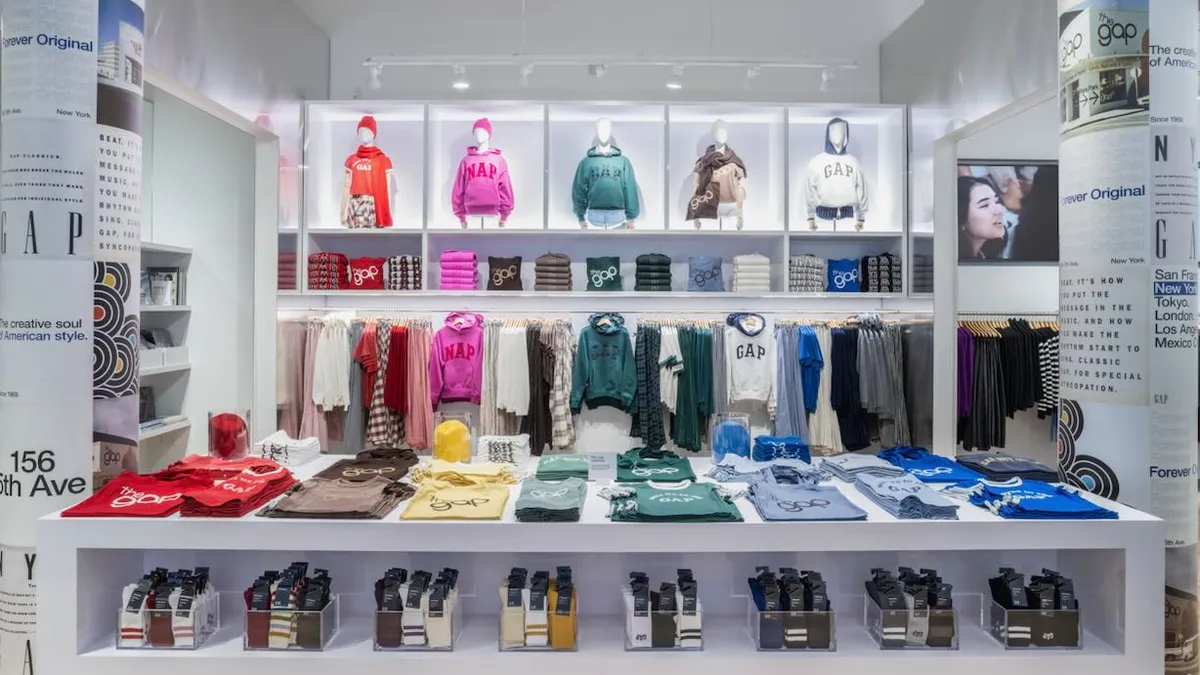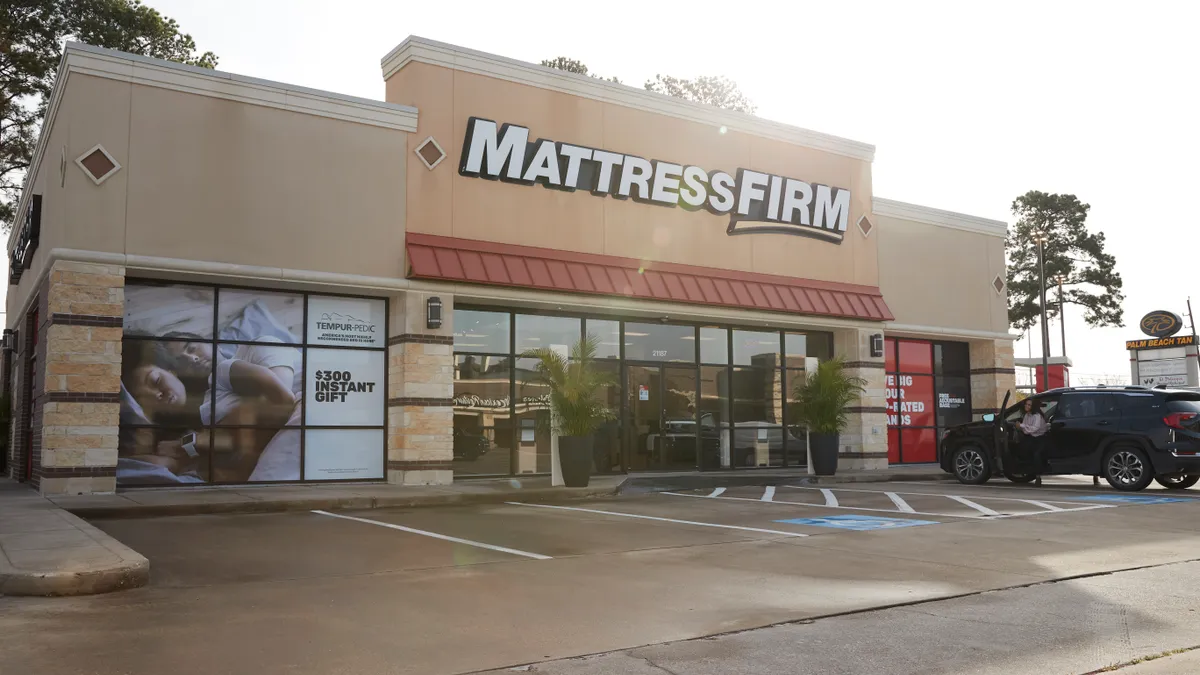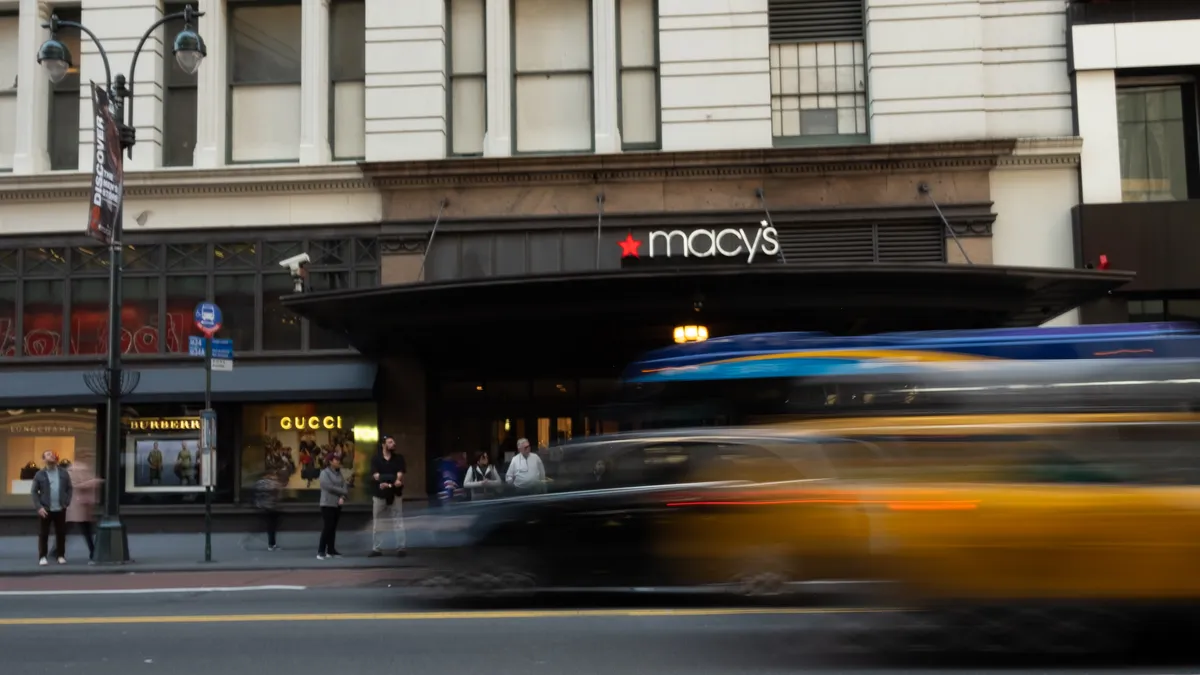On Tuesday, the Wall Street Journal sent a ripple through the retail sphere with a report that Amazon is looking to open up to 400 physical bookstores—but then things got strange.
The Journal based its report on a comment Sandeep Mathrani, CEO of General Growth Properties, made toward the end of an earnings call with analysts. "You've got Amazon opening brick-and-mortar bookstores and their goal is to open, as I understand, 300 to 400 bookstores," Mathrani said.
Then, GGP really threw a wrench into things when it released a one-line statement on Wednesday saying that Mathrani’s comments did not “intend to represent Amazon’s plans.” While GGP and Mathrani backtracked to an extent, it was notably not a retraction of his statement.
Both Re/Code and the New York Times confirmed with separate sources that Amazon is indeed planning an expansion of their brick-and-mortar stores, although the exact details are still murky.
A spokesperson from Amazon declined to comment to Retail Dive about its future store plans.
That’s all to say, it’s been one heck of a week.
Setting aside the speculation, here at Retail Dive we see this news as representative of a larger trend in the retail industry. Even as brick-and-mortar retailers face market pressures, previously pure-play online retailers such as Warby Parker, Bonobos, and Birchbox are opening stores and showrooms.
Retail Dive takes a look at the reasons e-tailers are making this move, and why it might make sense for Amazon.
Brick-and-mortar, Amazon-style
Amazon is not a total stranger to brick-and-mortar. The retailer has pickup points at five universities that display Amazon devices and opened its first physical bookstore in November.
At the time of the store opening, the Washington Post asked Amazon whether the company was planning to open more bookstores. Coy as always, Amazon spokeswoman Deborah Bass said: “We’ll see. We’re certainly excited about this one.”
Amazon’s first bookstore in Seattle, WA, gives us an idea of the unique spin Amazon would bring to brick-and-mortar. A smaller store than most bookstores with only 5,000 books, the retailer relies on data from its online store to curate book selections at its physical store. As a “physical extension of Amazon.com,” the company uses “customer ratings, pre-orders, sales, popularity on Goodreads, and our curators’ assessments” to make merchandising decisions, according to the company’s website.
While brick-and-mortar retailers use some of the same metrics when stocking their own stores, they simply don’t have access to the massive amount of data points Amazon gets from visits to Amazon.com and e-book downloads to its Kindle devices. This data in turn could help it make smart merchandising decisions based on location from the moment it opens a store—a capability that takes a traditional physical retailer months to implement. Technology like heat maps and beacons are just now becoming more widespread in stores, although it may take some time before they can capture the depth of consumer data that Amazon captures through a site visit.
The fulfillment piece
One advantage physical stores have over online-only operations: Processing returns. Returns are noticeably more costly for online retailers, especially as more cross-channel retailers begin to use their stores as return centers for online orders from their websites. Establishing returns in-store presents the opportunity for a follow up purchase, something that is not available online, according to Steve Barr, U.S. retail and consumer sector leader with PricewaterhouseCoopers.
“The leading retailers need to remove overall friction from the buying process, which includes returns,” Barr told Retail Dive in an interview. Opening physical stores “is an excellent way for a well-run supply chain to be highly efficient.”
With more stores placed in strategic locations, Amazon could rein in some of its growing shipping costs. In the most recent quarter, the retailer saw these costs rise 37% to $4.17 billion due to “demand from Prime members” and higher inventory from third-party sellers using its warehouses, according to the company.
Touchy-feely
Perhaps the most important advantage of a physical bookstore is that it gives Amazon’s customers a venue to browse, touch, and leaf through books and Kindle devices, which can all be found in the company's Seattle store. This tactile practice is something physical retailers have held onto even as e-commerce continues to eat market share. A 2015 survey from TimeTrade showed that more than 70% of consumers would prefer to shop at a physical Amazon store rather than on Amazon’s online site, and 93% of retail sales still take place in a physical store, according the US Census.
Keith Anderson, vice president of strategy and insight at Profitero, told Retail Dive that this last advantage would be useful to Amazon as it expands its branded devices, which now include multiple Kindle e-readers and the Echo digital personal assistant. While a book might be easy to sell online, electronic devices are still one of the product points that customers still want to try before buying. Opening a store allows retailers to show off their devices and sell outside of its loyal customer base, according to Anderson.
“I look at the Amazon Echo, and that is a great example of a product that once it is experienced, there is going to be a huge demand for it,” said Anderson.
In fact, Anderson isn’t certain that the stores reported by the Journal and New York Times would all be bookstores. A store dedicated to its devices, à la Apple and Microsoft, would be something Amazon might consider, he said.
This theory fits with Re/Code’s reporting. Citing a source familiar with the matter, the site said that Amazon is experimenting with a type of store format that would allow shoppers to choose an item in the store and skip the checkout process altogether, instead be automatically charged for the item once they leave the store.
The allure of the physical store
No matter the application, Amazon is not the only e-tailers establishing brick-and-mortar locations. Many previously pure-play online retailers have done so in the past few years, including Warby Parker, Bonobos, and Birchbox. Barr said that this trend largely reflects consumers’ growing need for experiences, whether it's receiving tech advice from an Apple 'genius' or testing the latest racing sneaker at a sporting goods store.
“The myth that the retail store is dead is terribly flawed because consumers like experiences,” Barr said. “Those can be the experiences in the store or with the product. For the leading retailers that have engaged the consumer and have an exceptional experience, we believe the long-term position for those retailers is exceptional.”
While Birchbox announced job cuts and a halt to their Canadian expansion last week, the company said the moves would allow it to reinvest more in the company and reach profitability this year. The company has been a champion for their physical locations, in part due to how sticky its customers became after they visited a Birchbox store.
“It's been profound," co-founder Katia Beauchamp told Entrepreneur magazine in July. "A customer who knows the company and comes in the door has three times the value when she touches the Birchbox store than she would in a normal life cycle with us.”


